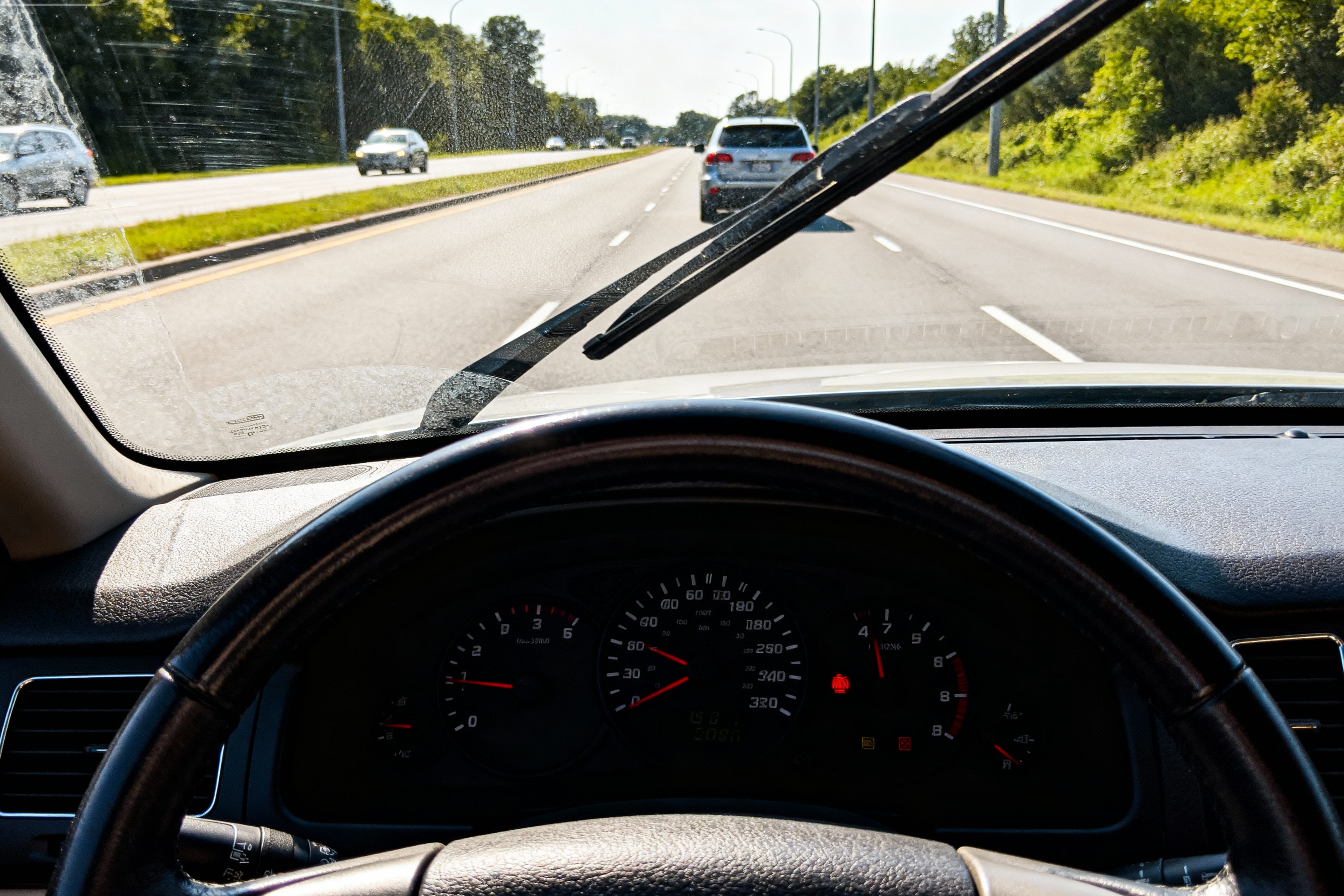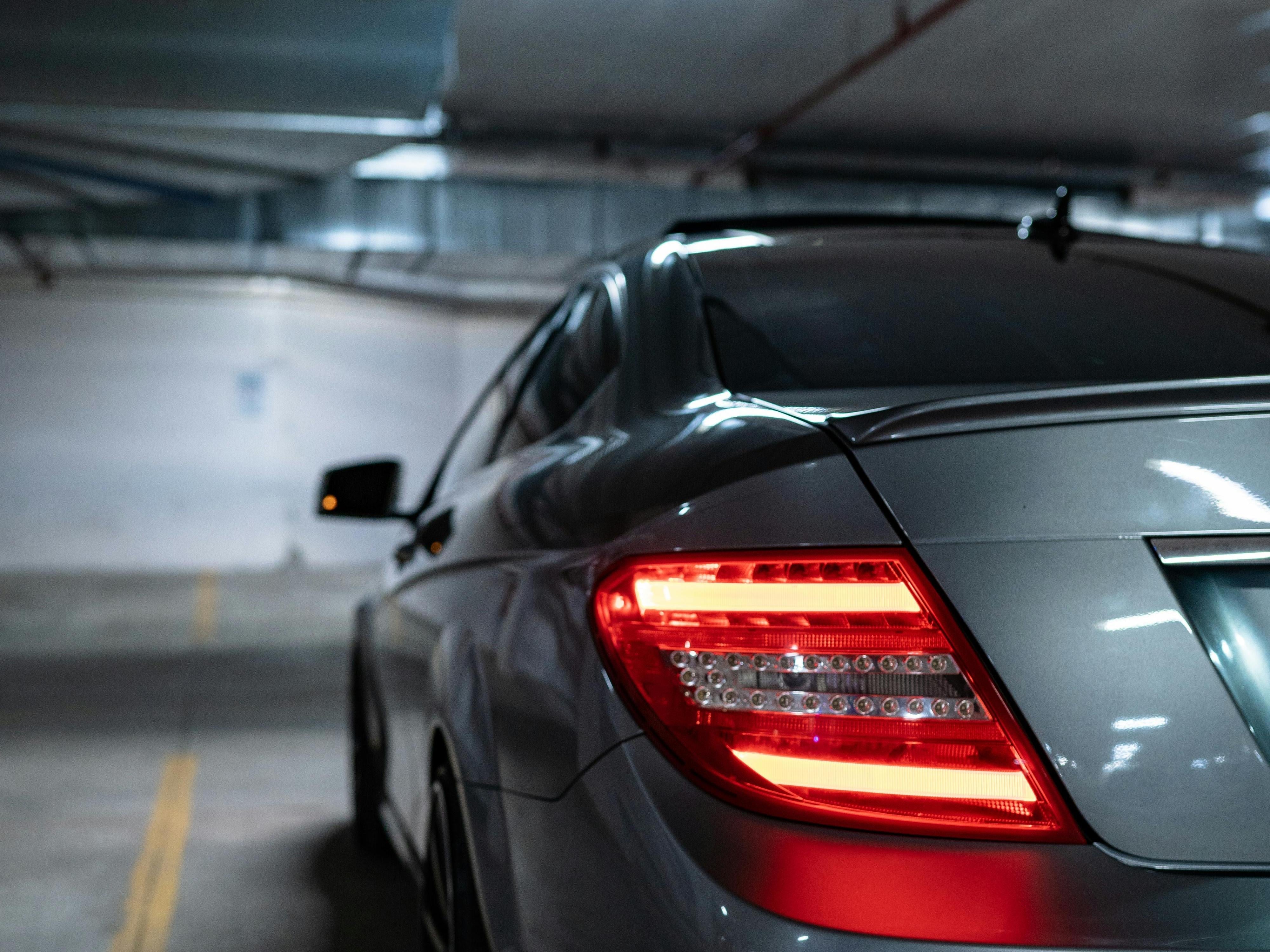Your car is more than just a mode of transportation; it's a significant investment, a personal space, and for many, an essential part of daily life. Yet, the moment you park it and walk away, it becomes vulnerable. In a world of ever-present connectivity, it's no longer enough to have a device that simply records what happens. You need a system that actively watches over your investment.
The market is flooded with options, from basic dash cams to complex security systems, creating a confusing landscape for consumers. What is the real difference between a simple "dash cam" and a true "car security camera"? The answer, in a word, is connectivity.
This comprehensive guide will demystify the world of modern vehicle surveillance. We will explore why 4G LTE technology is the gold standard, break down the critical features you must look for, and answer the pressing questions every car owner has. By the end, you'll be equipped to choose the right 4G LTE camera to provide total peace of mind.
The Reactive Trap: Why Your Standard Dash Cam Falls Short
For years, dash cams have been sold on the promise of capturing evidence. They are invaluable for recording accidents, documenting road rage incidents, and capturing scenic drives. However, they all share a fundamental flaw: they operate in a reactive bubble.
A standard dash cam, even one with a "parking mode," is a silent witness.
-
It records an incident, like a parking lot hit-and-run, but you won't know about it until you return to your vehicle hours later. The culprit is long gone.
-
It captures a break-in, but the footage is stored on a local SD card. If the thief steals the camera, the evidence is gone with them.
-
It offers no real-time intervention. You are completely disconnected from your vehicle's immediate safety.
This information gap—the time between an incident occurring and your discovery of it—is where the real damage is done. To truly secure your vehicle, you must close this gap. This is where a security camera for your car, powered by 4G LTE, changes the entire paradigm.
The Core Pillars of a True Car Security System
A genuine car security camera is an active, intelligent guardian. It's defined by a set of core pillars that work in concert to protect, alert, and empower you. When shopping, consider these the non-negotiable features.
Pillar 1: Unfailing Connectivity (The 4G LTE Difference)
This is the foundation upon which all other modern security features are built. A Wi-Fi-only dash cam is severely limited; it can only connect to the internet when it's within range of a pre-configured network, like your home Wi-Fi. This makes it useless in a grocery store parking lot, at the airport, or on a city street.
A 4G LTE camera or cellular dash cam has its own built-in cellular modem and SIM card, just like your smartphone.
-
It's Always Online: As long as it has a cellular signal, it's connected to the internet.
-
It's Independent: It doesn't rely on your phone's hotspot, which drains your phone's battery and has limited range.
-
It's Instantaneous: This constant connection allows it to send alerts and video feeds the moment an event is detected.
Buyer's Takeaway: Do not compromise. For a true security system, built-in 4G LTE connectivity is the single most important feature.
Pillar 2: Intelligent 24/7 Parking Surveillance
A security camera is most critical when you're away from the car. This is where parking mode comes in, but not all parking modes are created equal. Look for a system with advanced, configurable options:
-
Impact & Motion Detection: The camera should use a G-sensor to detect physical impacts (collisions, bumps) and a motion sensor to detect movement around the vehicle.
-
Radar Detection for Precision Alerts: Advanced models, like the Lamtto DC22, incorporate microwave radar technology. This can more accurately detect approaching objects and movement around the vehicle, significantly reducing false alarms caused by shadows or distant traffic, and ensuring you're only alerted to genuine threats.
-
Buffered Recording: This is a crucial detail. A superior system will save footage from the few seconds before an event is triggered, giving you the full context of what happened, not just the aftermath.
-
Low-Power Standby: To avoid draining the battery, the camera should enter an ultra-low-power state, only "waking up" to record and send an alert when triggered.
Buyer's Takeaway: A simple "parking mode" isn't enough. Demand a system with intelligent radar detection, buffered recording, and efficient power management.
Pillar 3: Real-Time Situational Awareness & Intervention
This pillar is about empowering you to act. A 4G LTE camera transforms you from a passive victim into an active participant in your car's security.
-
Instant Push Notifications: The moment the G-sensor detects a jolt or the radar/motion sensor is triggered, the camera should immediately send an alert to your smartphone. This notification should be rich, ideally including a snapshot or short video clip of the event.
-
Remote Live View: This is a game-changer. From your office, a restaurant, or even on vacation thousands of miles away, you can open an app and see a live video feed from your car's cameras—both front and interior views. Check if you left valuables on the seat, monitor a valet driver, or assess a potential threat in real-time.
-
Two-Way Audio Communication: The ability to see is powerful, but the ability to speak is transformative. This feature, included in cameras like the Lamtto DC22, allows you to deter a threat by speaking through the camera's built-in speaker or communicate directly with people inside the vehicle, turning it into a remote intercom.
Buyer's Takeaway: Real-time alerts, live viewing, and two-way audio are the primary benefits of a connected system. This turns your phone into a remote control for your vehicle's security.
Pillar 4: Evidence Integrity and Redundancy
What good is video evidence if it's lost or stolen? A comprehensive security camera for a car protects your data with a multi-layered approach.
-
Local Storage (MicroSD Card): This is for continuous recording and storing all footage. Look for support for high-capacity cards (128GB or more).
-
Cloud Storage (Automatic Uploads): This is the critical security layer. When a major event occurs (like an impact), the camera should automatically upload that specific clip to a secure cloud server. This means even if a thief smashes the window and steals the entire camera, the most crucial evidence is already safe and accessible to you from any device.
-
Manual Video Locking: For moments that don't trigger an automatic alert—like witnessing a beautiful sunset or a near-miss accident—a manual lock button allows you to instantly protect that video segment from being overwritten by loop recording, ensuring you never lose an important moment.
Buyer's Takeaway: A system that relies only on an SD card is vulnerable. Insist on a model that offers automatic cloud backups and a manual lock feature for ultimate evidence protection.
Choosing the Right 4G LTE Camera: Key Specifications to Demystify
Now that you know the core pillars, let's dive into the technical specifications to help you compare models.
-
Video Resolution & Sensor Quality: While 4K sounds impressive, a high-quality 1296p front camera paired with a 1080p interior camera with infrared night vision often provides the perfect balance of clarity and performance. The interior night vision is critical for capturing clear footage inside the cabin, day or night.
-
Dual-Channel (Front & Interior): A front-only camera tells half the story. A dual-channel system is essential for comprehensive security. The interior camera is vital for capturing a thief's face during a break-in and is an indispensable tool for rideshare (Uber/Lyft) drivers to ensure passenger and driver safety.
-
GPS Tracking: An integrated GPS module provides several benefits. It geotags your video files, showing exactly where an incident occurred. More importantly for a 4G LTE camera, it allows for real-time vehicle tracking. If your car is stolen, you can provide law enforcement with its live location.
-
Power Solution (OBD vs. Hardwire): The modern, superior solution is an OBD power connection. You simply plug the camera's power cable into your car's On-Board Diagnostics (OBD-II) port. This provides continuous power for parking mode without any complex wiring, making installation a simple, 10-minute DIY project.
-
App & Software Experience: The hardware is only half the equation. The companion smartphone app is your command center. Can you easily view both camera feeds, use two-way audio, and share access? Look for apps that offer family sharing features, allowing multiple family members to monitor the vehicle.
Answering Your Top Questions: 4G LTE Car Security Camera FAQ
Q1: Will a 24/7 car security camera drain my car battery?
Reputable 4G LTE camera systems are designed with this in mind. When using an OBD power connection, the camera and its app allow you to set a voltage cutoff limit. The system will automatically shut down before your battery is too drained to start the car.
Q2: How much data does a 4G LTE camera use, and what's the monthly cost?
Data usage is primarily from live viewing and cloud uploads. For typical use, a data plan of 1-2 GB per month is often sufficient. Affordable data-only SIM plans can cost as little as $5-$10 per month. Many models, including the Lamtto DC22, come with initial free data to get you started.
Q3: Is there a privacy feature for when I'm in the car?
Yes. Leading models like the DC22 feature a one-touch privacy button. A quick press allows you to electronically disable the interior camera and microphone, ensuring your privacy during personal moments.
Q4: Can I share camera access with my family?
Absolutely. This is a key feature of modern systems. Through the app, you can easily authorize family members to view the live feed, receive alerts, and access the vehicle's location, making it a shared security solution for the whole household.
Conclusion: Investing in Proactive Peace of Mind
The conversation around vehicle safety has shifted. It's no longer about passively recording the past; it's about actively securing the present. A 4G LTE car security camera is not a luxury gadget; it's an essential tool for any modern vehicle owner.
By understanding the core pillars—unfailing 4G connectivity, radar-enhanced parking surveillance, real-time alerts with two-way audio, and multi-layered evidence protection—you can cut through the marketing noise.
Investing in a device like the Lamtto DC22 4G LTE Cellular Dash Cam is an investment in proactive protection. It's the difference between returning to a crime scene and being alerted the moment a threat emerges, giving you the power to respond, protect your property, and achieve true peace of mind. Its combination of dual-channel recording, precise radar detection, and family-sharing capabilities makes it a standout choice for 2025.




Leave a comment
All comments are moderated before being published.
This site is protected by hCaptcha and the hCaptcha Privacy Policy and Terms of Service apply.